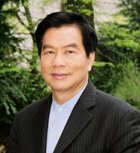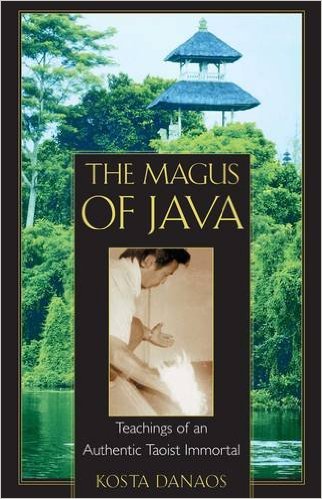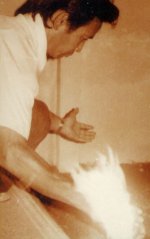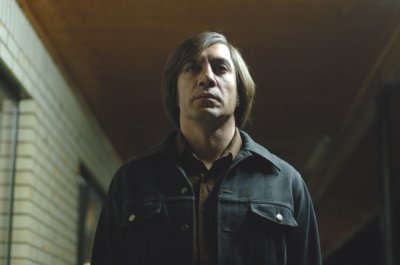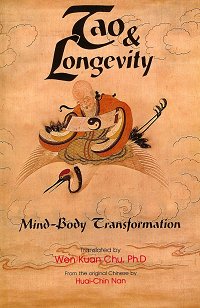A Martial Development Meta-Investigation
I can see inside Vyacheslav Bronnikov’s head.
Not because I possess the disputed X-ray vision skills–though if I did, I would probably keep quiet about it. No, I’m just saying that I may understand what Bronnikov was thinking when he did what he did.
I should back up, and tell the tale from the start. Derren Brown is a renowned ‘psychological illusionist,’ a performer who combines magic, suggestion, psychology, misdirection and showmanship in order to seemingly predict and control human behavior. Imagine a younger, more talented, and more personable version of James Randi…
For the past ten years Derren has created TV and stage performances that have stunned audiences, debunked the paranormal and encouraged many to improve and enhance their own mental abilities. His first show appeared in 2000, Derren Brown: Mind Control, and followed with Trick of the Mind, Trick or Treat and a series of Specials including the controversial Russian Roulette and the hugely popular Events.
In the second episode of his latest television series, Darren Brown Investigates…, the illusionist set out to test The Bronnikov Method of human potential development. Created by Vyacheslav M. Bronnikov, this system–based in ancient Tibetan Yoga–promises to awaken dormant human skills and abilities, among them the ability to see while blindfolded, or indeed with no eyes at all.
Derren traveled to a Bronnikov seminar in Belgium, accompanied a woman who has been legally blind for more than a decade. As for what happened next…
 Introduction
Introduction